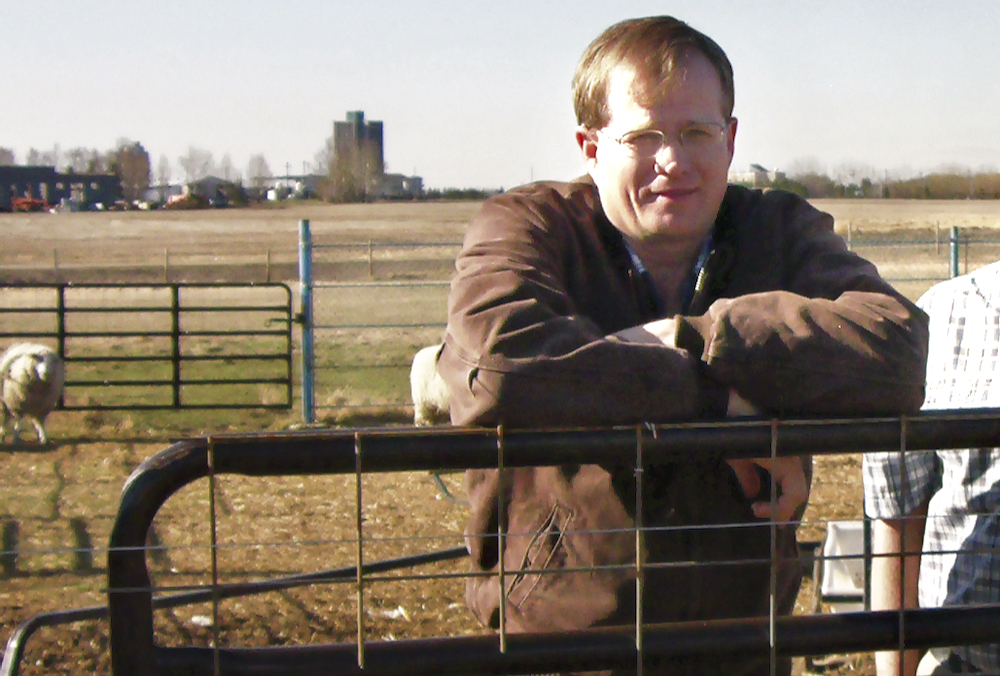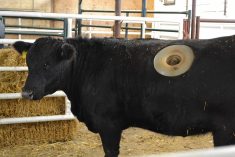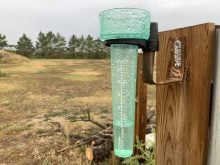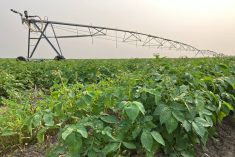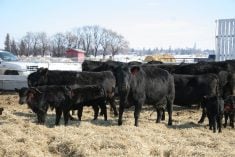You can place them wherever you want on your pasture, set up watering stations as you like, and keep your cows out of streams and dugouts.
But underground pipe is also costly compared to some other watering options — at least on first analysis. But sometimes a pipeline may be a less costly option, say experts.
“Plowing in a water line a long distance is often a lot less expensive than developing new water supplies,” said Joe Harrington, a water specialist with the provincial Agriculture Ministry.
Read Also
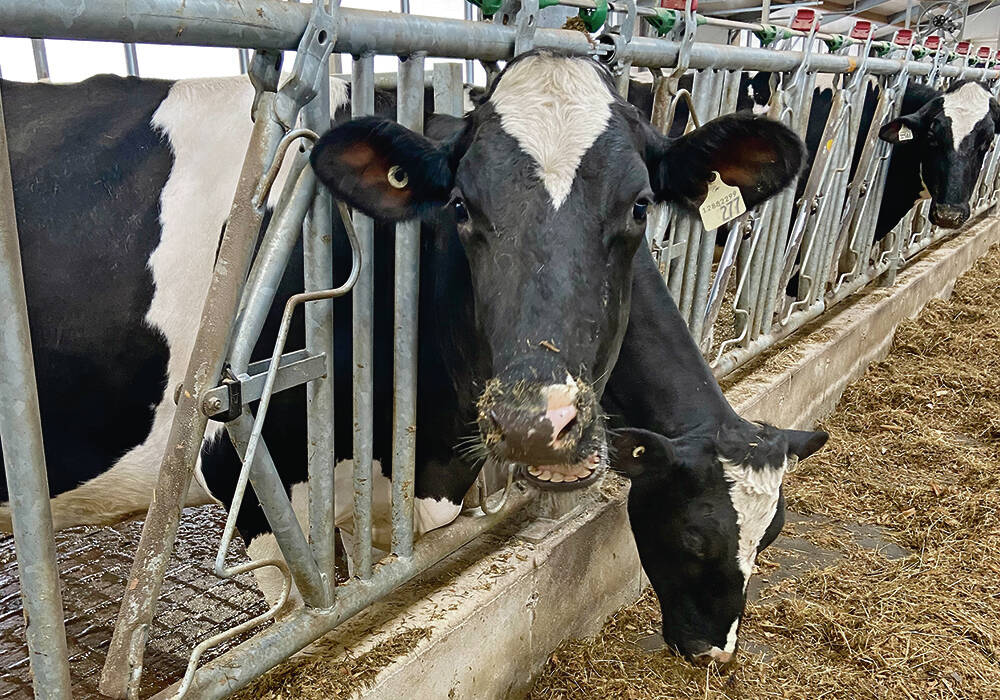
Alberta Milk opens annual hospital fundraiser
Alberta Milk embarks on holiday season campaign to raise money for Alberta Children’s Hospital Foundation
“Typically a water well will cost $20,000 or $25,000 by the time it’s drilled and developed and an energy source such as a solar system placed on it.”
By comparison, a pasture pipeline (including pipe, installation, well, trough and storage tank) costs around $15,000, according to a recent estimate by the Beef Cattle Research Council.
And you might be able to cut a lot off of that, thanks to a new federal program offering up to 85 cents on the dollar (to a maximum of $75,000) for producers setting up environmentally friendly best practices such as rotational grazing. That includes development of water infrastructure required to make it happen, particularly if it’s powered by renewable energy sources such as solar. (Details of the On-Farm Climate Action Fund haven’t yet been released but you can sign up for updates from the program’s administrator in Alberta, Results Driven Agriculture Research, at www.rdar.ca.)
The federal cash could drive some reluctant ranchers to take a closer look at pipelines, said Barry Irving, co-owner of Pasture Pipeline in Sherwood Park.
“Quite commonly you need that extra push,” he said. “Ranchers are some of the most conservative people in the world with their pocketbooks.”
However, last year’s drought has heightened the need for improved watering infrastructure on many operations in Alberta. The lack of rain, coupled with high heat, saw many sources of surface water dry up or, in the case of dugouts, shrink considerably.
“Last year’s drought, which has come into this year’s water storage, will push people into water development even without that program,” said Irving. “With that program, it will push them even more.”
With pipe, producers can tie in watering stations (or “T’s”) anywhere along the line they decide. Solar systems, meanwhile, are usually placed about 200 feet from the source.
If for whatever reason pasture pipeline isn’t a fit for a given producer, Irving is quick to direct them to some select solar infrastructure providers.
“You drive around and you still see lots of solar systems where the animals are 30 feet from the water source, but it’s still 100 times better than being in the water source,” he said.
There’s no doubt that the initial costs of developing a pasture pipeline can be higher than other popular systems. The Beef Cattle Research Council recently put the ballpark cost of solar- and windmill-based pumps at $9,000 and $12,500 respectively, significantly cheaper than the $15,000 estimate for a pipe system.
In reality, though, exact numbers can be hard to pin down simply because the total cost is highly dependent on the needs of the operation. As Harrington puts it, “How much does a car cost?”
However, the cost for a pipe system may be considerably lower than the beef research council estimate. Irving said producers can cut their pipeline costs by about 40 per cent by using wholesale pipe.
Pipe material and diameter

“Talk to a water specialist — they’re all around the province,” he said.
The provincial Ag Ministry and ALUS (alus.ca) are good places to start, as are companies that sell water systems, Lastiwka said.
There are some general rules of thumb around design considerations.
Pipe is usually laid about eight inches below the surface, said Harrington. However, producers may want to go as deep as 18 inches if they have intentions to work the pasture land.
“If there’s tillage involved you want to make sure the tillage equipment doesn’t catch it,” he said.
As far as pipe material is concerned, Harrington considers polyethylene by far the best choice.
“Polyethylene water lines can withstand freezing,” he said. “Any of the metal fittings such as steel, galvanized steel or brass or any of the nylon fittings are more susceptible to damage. Polyethylene will stretch enough and expand enough without rupturing.”
Pipe diameter generally falls in the 1.5-inch to two-inch range but there’s a good deal of nuance within that gamut, said Irving.
“The 1.5 inches is good for 200 (cow-calf) pairs at two miles of pipeline length. I figure all the cows should be watered in a three-hour period (with those dimensions). Ranchers can push this a bit but in general if it’s going to be pushed, then a larger stock tank or some sort of increased storage might be in order.”
Five hundred cow-calf pairs is usually the point where ranchers should start looking at two-inch pipe, said Irving.
“Watering 500 or more pairs is well within the capacity of a two-inch line, even at lengths of more than three miles,” he said. “I know of one ranch that watered 1,500 yearlings from a two-inch line that was over two miles long.”
Be aware that different pipeline lengths will play a role in your design considerations.
“Pumping distances longer than three miles may require increased storage capacity on both ends of the pasture pipeline,” he said.
Placing watering points every quarter-mile is sufficient in most instances of rotational grazing, said Irving. Ranchers looking for more intensive rotational grazing may want to place them in smaller increments.


